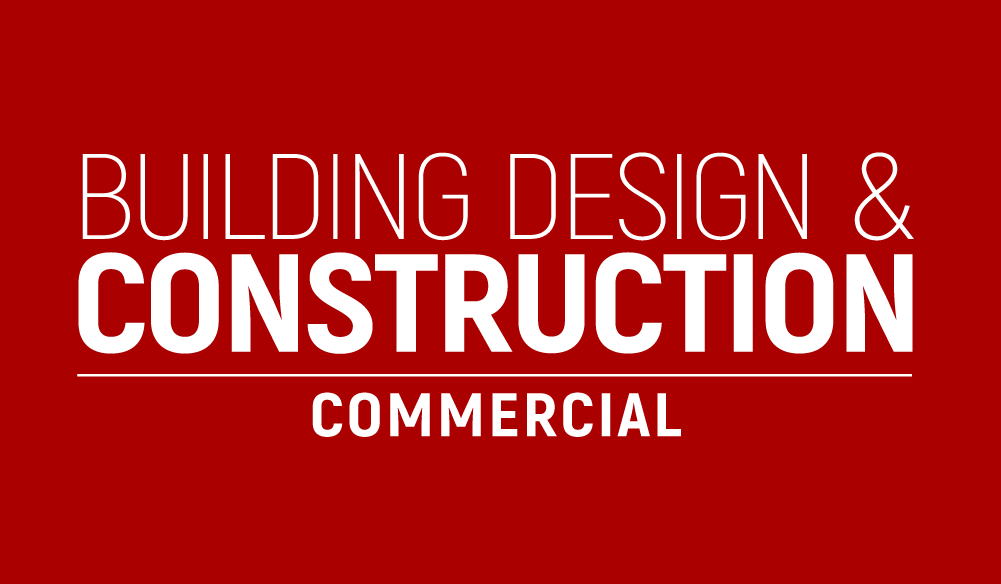This January, a positive outlook has been highlighted for architects with the RIBA Future Trends Workload Index rising to +29, an increase of 14 since last December. The figures showcase improved positivity about workloads from the top to the bottom of the UK, with a specific surge in the southern England where a figure of +38 has been reported. Across the index, only Scotland, in fact highlighted any negative territory to be aware of, thus highlighting great prospects for the majority of the UK as a whole.
The survey, which originally began some seven years past, has, until now, recorded steady reductions in the overall value of architecture projects being undertaken at the time. Regardless of this running history, the industry has since seen 11 quarters of persistent growth up until now, and while the speed of this growth has tapered down most recently, the figures still showcase a notable 3% increase each year. Naturally, as the figures have highlighted a slowing down in this growth, this also highlights a point at which practices should try to step up, take advantage of the positive market outlook and collaboratively try to drive the industry forward yet further.
Although different practice sizes and archetypes have communicated different levels of positivity over the future workload prospects, with larger practices remaining the most positive, practices of all shapes and sizes appear to be expecting their respective workloads to expand over the coming months. As Adrian Dobson, RIBA Executive Director Members explained: “As we entered the New Year confidence seems to have been renewed somewhat, with a number of our practices reporting an increase in enquiries in that month.”
Additionally, practices have reported that their employments levels are presently around 3% higher than the start of last year, and, in addition to this, only 2% of such practices expect to have less staff over the course of the next three months. This is because, unlike many sectors, architecture does not yet seem to have hit a point whereupon there are a lack of skilled individuals in the market and so, while practices do still sometimes struggle to find the right individuals to recruit, the profession remains popular enough to sustain further employment growth.





